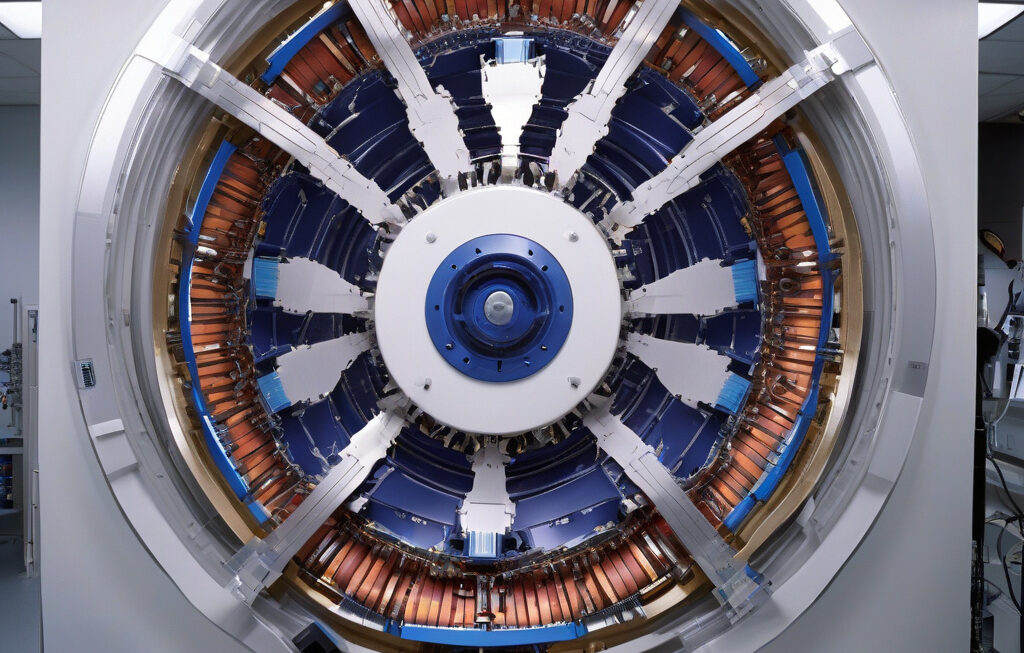The Quantum Internet: Redefining Connectivity in the Digital Age
The concept of a quantum internet is no longer confined to the realms of science fiction or theoretical physics. It is gradually materializing as a transformative force that has the potential to reshape the way governments, healthcare systems, businesses, and citizens interact and communicate in the digital age. The quantum internet, leveraging the principles of quantum mechanics, promises unparalleled levels of security, speed, and efficiency compared to the classical internet infrastructure that we currently rely on.
At its core, the quantum internet is founded on the principles of quantum entanglement and superposition, which enable the creation of networks that are not bound by the limitations of classical physics. Unlike classical bits, which can exist in a state of either 0 or 1, quantum bits or qubits can exist in multiple states simultaneously, thanks to superposition. This unique property allows quantum networks to transmit and process information in ways that were previously deemed impossible.
One of the most significant advantages of the quantum internet is its unparalleled level of security. Quantum key distribution (QKD), a technique that uses the principles of quantum mechanics to secure communication channels, ensures that any attempt to eavesdrop on quantum transmissions would immediately disrupt the quantum state of the system, alerting both the sender and the receiver to potential security breaches. This level of security far surpasses the encryption methods used in classical communication networks, offering a promising solution to the growing threat of cyberattacks and data breaches.
Moreover, the quantum internet has the potential to revolutionize fields such as healthcare and finance. In healthcare, quantum networks could enable secure transmission of sensitive patient data, facilitate real-time collaboration among healthcare professionals, and support the development of advanced medical imaging technologies. In finance, quantum computing could revolutionize the way we approach complex financial modeling, risk assessment, and algorithmic trading, paving the way for more efficient and secure financial transactions.
Governments around the world are also recognizing the potential of the quantum internet to bolster national security and infrastructure. Countries like China, the United States, and the European Union have already made significant investments in quantum research and development, aiming to establish quantum communication networks that can ensure secure communication channels for government agencies, critical infrastructure, and military operations.
While the realization of a fully functional quantum internet is still in its early stages, significant progress has been made in recent years. Research institutions, tech companies, and government agencies are actively working to overcome the technical challenges associated with building and scaling quantum networks, such as qubit stability, error correction, and network integration. With each breakthrough, we are one step closer to unlocking the full potential of the quantum internet and ushering in a new era of connectivity and innovation.
In conclusion, the quantum internet is not just a distant possibility; it is a tangible reality that is gradually taking shape. As we continue to push the boundaries of quantum technology and network infrastructure, we are poised to witness a paradigm shift in how we communicate, collaborate, and interact in the digital age. The quantum internet holds the promise of a more secure, efficient, and interconnected future for governments, businesses, healthcare systems, and individuals alike.
Quantum Internet, Connectivity, Digital Age, Quantum Mechanics, Innovation












